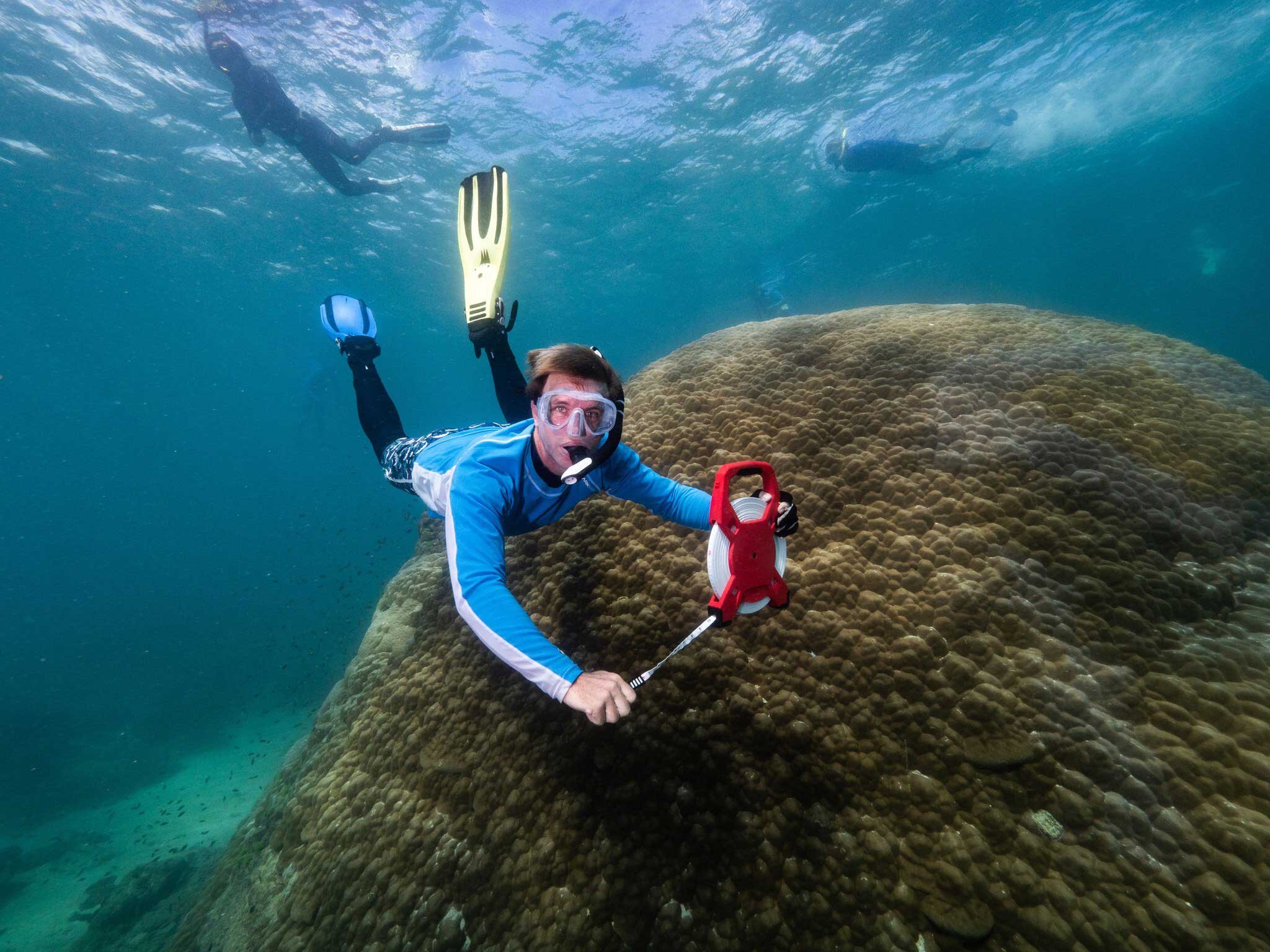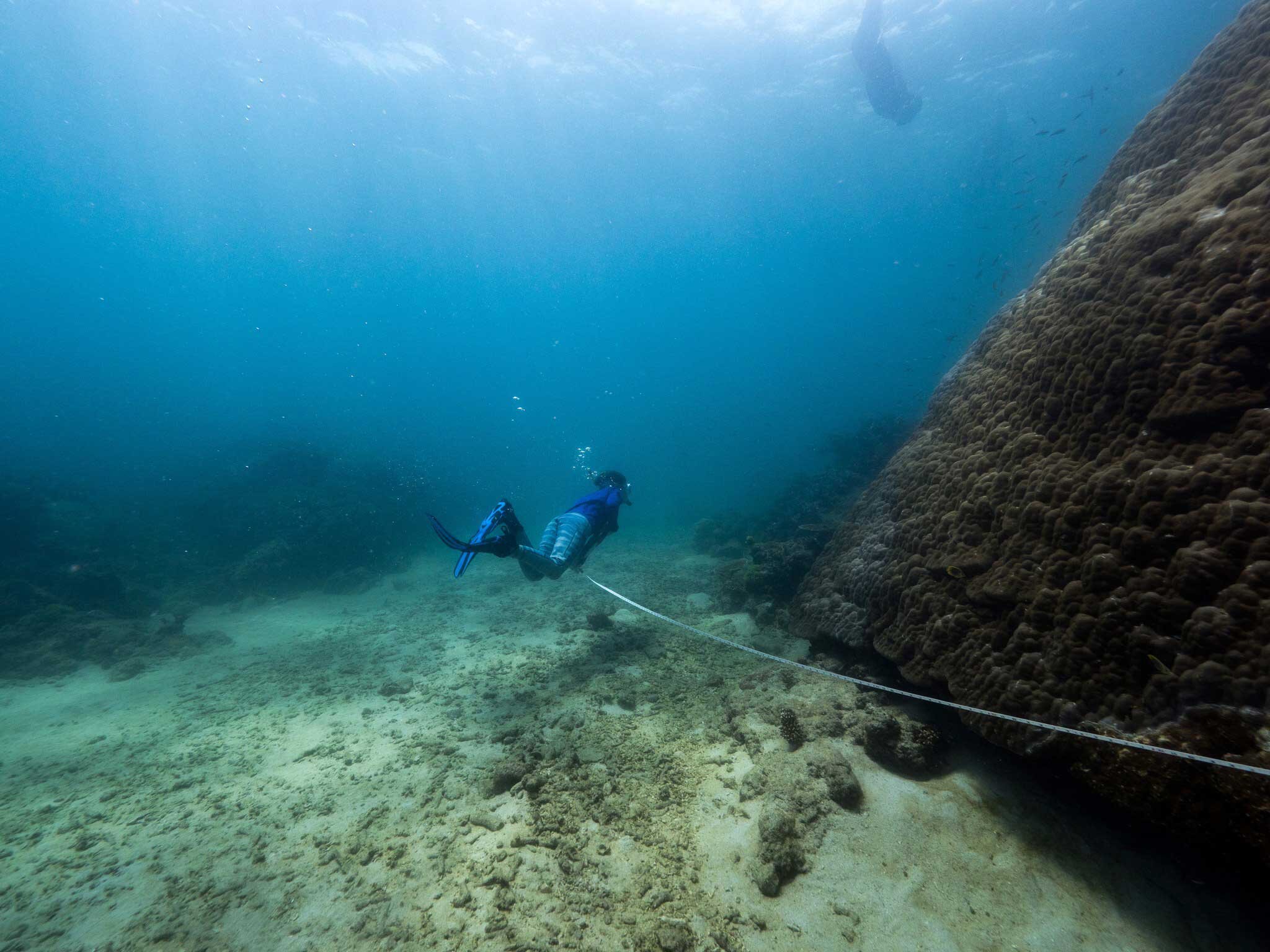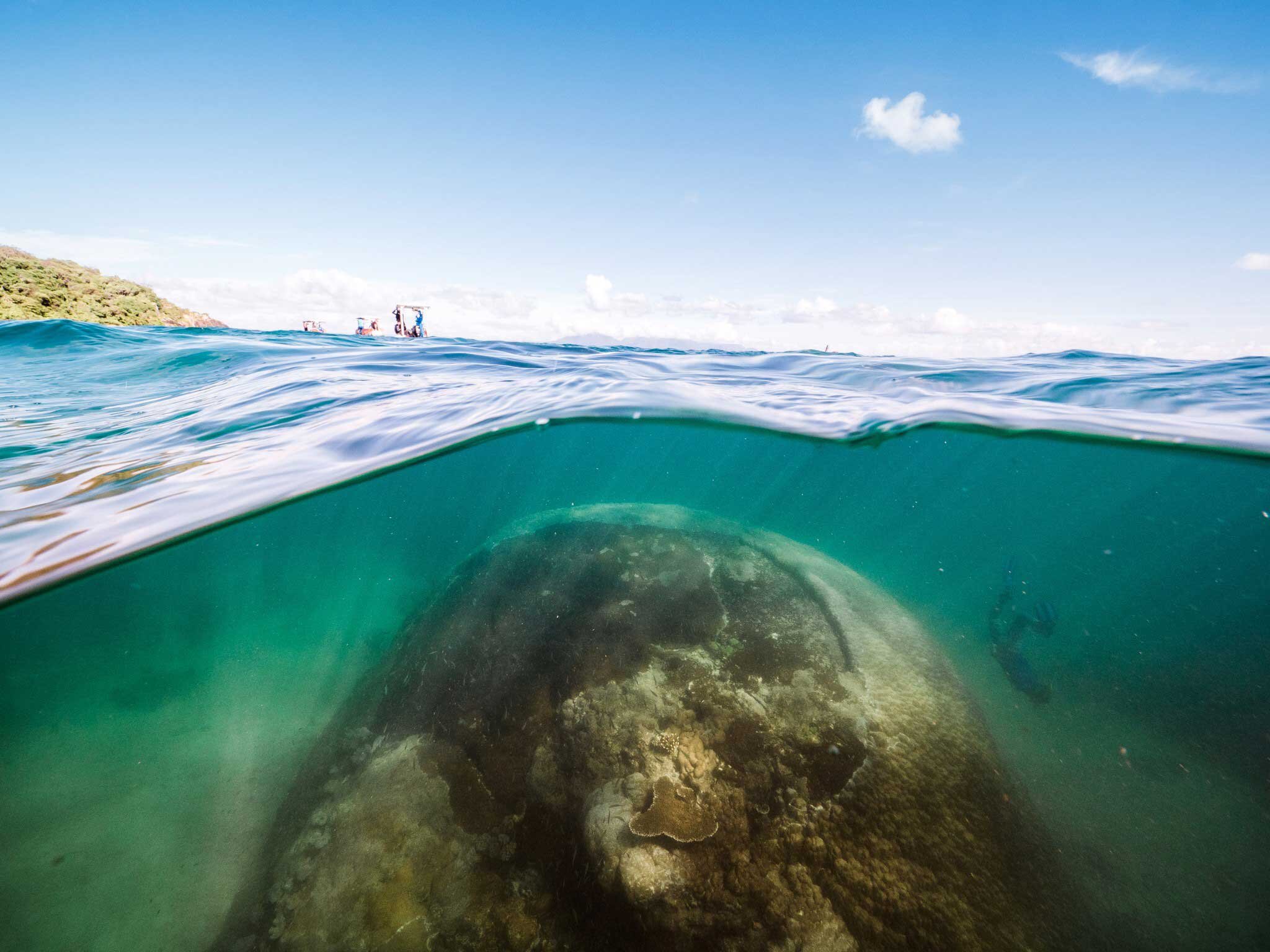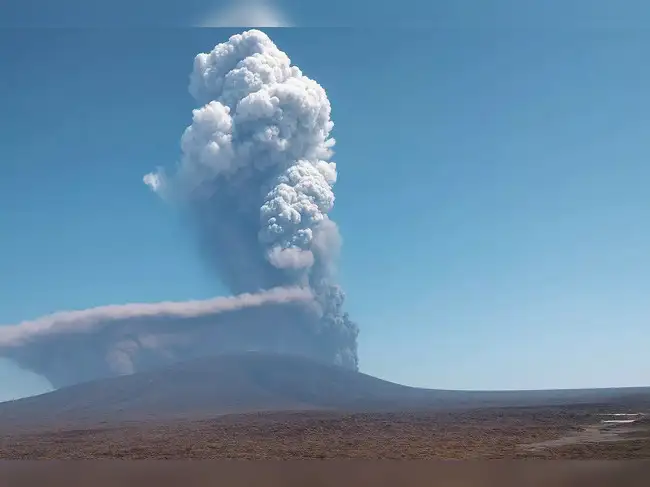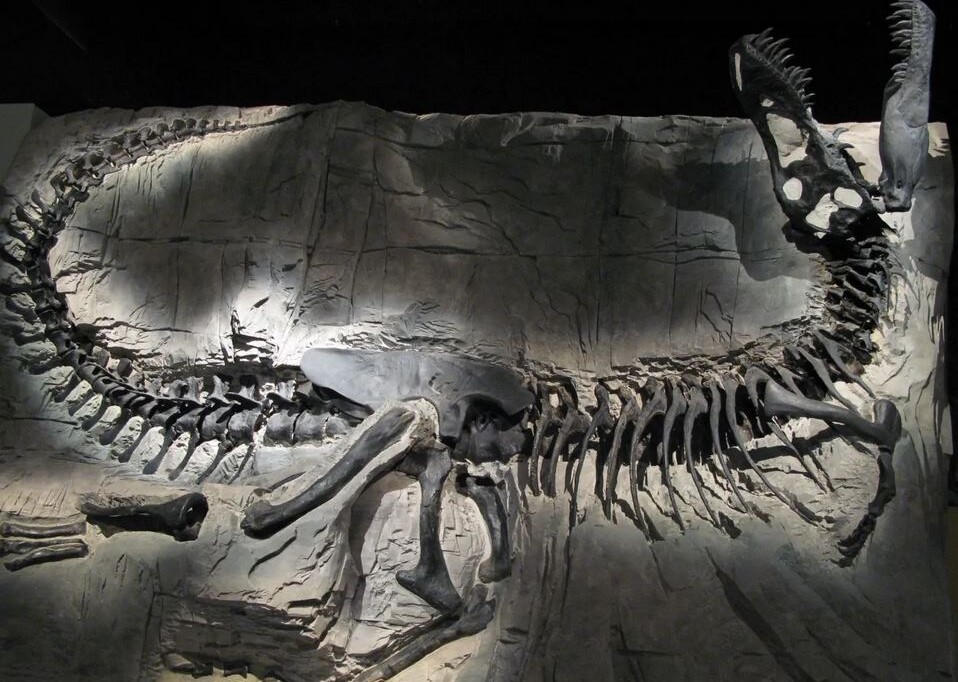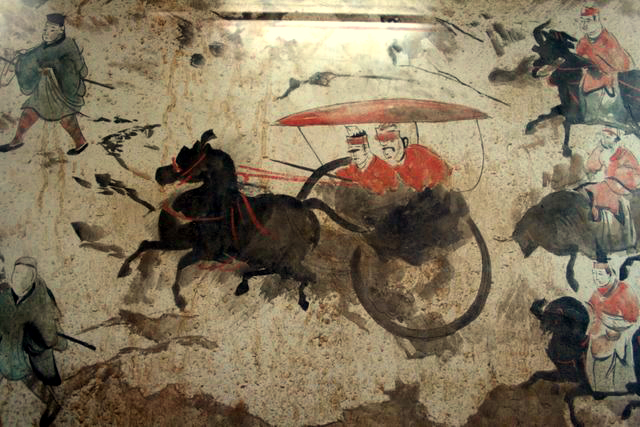PICTURED: Nathan Cook, one of the members of a citizen science project that uncovered an enormous coral in the spring, poses as best he can in the current.
Story at a glance…
-
A massive coal has been found in the Great Barrier Reef
-
Called “Big Coral” by the traditional land owners, it could be 438 years old.
-
Surviving centuries of bleaching events and storms, the coral is still in excellent condition.
In 2016, Outside Magazine published an “obituary” for the Great Barrier Reef, the world’s largest coral reef system, writing candidly that “the Great Barrier Reef of Australia passed away in 2016 after a long illness. It was 25 million years old”.
The article was criticized, but neither the critics, nor the authors would have suggested at the time that the widest, and perhaps oldest single coral in the reef had not even been discovered yet, that that discovery would need another four years, and that the coral would be in excellent health.
Those are the findings of a new paper published in Nature which reported the discovery of Muga dhambi, or “big coral” in the language of the Manbarra people, the traditional custodians of the Palm Islands, off of which Adam Smith et al. found the coral.
Discovered near Goolboodi (Orpheus Island) in March 2021, the hemispherical Muga dhambi measured 5.3 meters tall (17 feet) and 10.4 meters wide (34 feet), making it the widest and sixth-tallest coral in the 2,900 reefs that make of the barrier system.
“We were running a citizen science workshop… and were interested in exploring the North Coast of Goolbodhi which is a very remote area often restricted by weather,” Kaillash Cook, part of the workshop team and co-author of the new paper on the discovery, told WaL in an email. “It was here Dr. Adam Smith found this breathtaking coral and instantly assigned people to take measurements, surveys and coordinates for the coral”.
Belonging to the genus Porites, Muga dhambi is from one of 16 common coral species that form some of the largest and most important building blocks of nearshore corals, report Smith et al. Nevertheless, after consultation with tribal elders, it was determined that the coral was completely unknown by the Manbarra people, who were asked to give it a name being that it resided in their sea-country.
Other enormous Porites have been found in the American Samoa, in the reef around the Green Island off the coast of Taiwan, and Sesoko Island, Okinawa.
PICTURED: Kailash Cook measures the circumference of the massive Muga dhambi
438-years young
Based on yearly growth models, Muga dhambi was estimated at between 421 and 438 years old, an astonishing age to live to amid an ecosystem that’s described as a canary in a coal mine for climate change, and which has lost half of its corals since 1995.
“For shallow water corals, 438 year-old corals are very hard to come by,” cook admitted. “Australian Institute of Marine Sciences has investigated 328 colonies of massive Porites corals on the Great Barrier Reef and the oldest they have found is 436 years old.”
“While the age is currently an estimate based on measurements of other corals we can safely say that Muga dhambi is one of the oldest structures on the Great Barrier Reef,” said Cook.
After a torrid few years, the 2020-2021 long-term monitoring program of the Great Barrier Reef has found that while COVID ran rampant above, the reef’s own pandemic, coral bleaching, was hardly noticeable, and hard coral cover increased across all three regions of the reef over the last year.
A review of the environmental events that have occurred in the past 450 years indicates that Muga dhambi may have survived up to 80 major cyclones and centuries of exposure to invasive species, perhaps 100 coral bleaching events, low tides and human activity.
The researchers report that Muga dhambi is in very good health with 70% consisting of live coral, the rest being covered with the green boring sponge, Cliona viridis, turf algae and green algae.
“We found that about 30% of the colony was dead which is a completely natural and healthy occurrence as it supported the growth of turf algae, turtle weed and sponge which all play important roles in the ecosystem,” said Cook. “This diversity of benthos meant that lots of fish were attracted to hide in the coral structure, feed off the turf algae and turn Muga dhambi into a thriving microecosystem”.
“This field note provides important geospatial, environmental, and cultural information of a rare coral that can be monitored, appreciated, potentially restored and hopefully inspire future generations to care more for our reefs and culture,” write the authors proudly.
